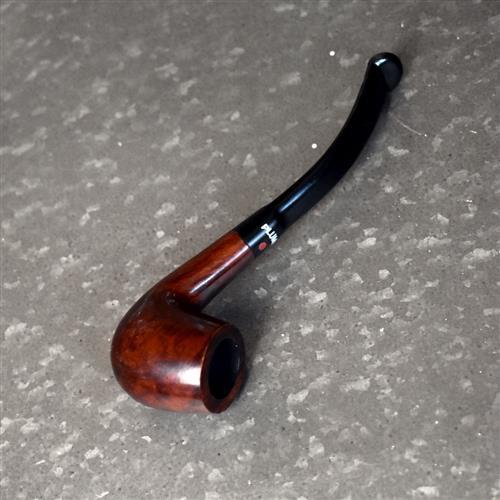Dental Pipes
Dental Pipes: An Overview of their Association with Periodontal Disease
The prevalence of smoking has not diminished over the years, and it continues to be a significant public health issue. The negative effects of smoking on oral health are well-documented, and studies have shown that smokers have higher rates of periodontal disease than non-smokers. Our aim was to investigate the link between cigar and pipe smoking with periodontal disease and whether or not there is a correlation between smoking and dental caries.
Studies have suggested that there is a significant association between cigar and pipe smoking with periodontal disease. A study conducted on patients attending dental clinics revealed that participants who smoke cigars and pipes have a higher prevalence of periodontal disease compared to non-smokers. Furthermore, the study found that among tobacco users, a higher percentage of individuals with pipe notches were found to have lower average caries rates.
Pipe tobacco is essentially loose-leaf tobacco that is smoked in a traditional pipe device with a bowl. Although traditional tobacco use has decreased over the years, pipe smoking has remained a popular choice among certain populations. The use of water pipes, known as “hookah,” has also gained popularity in recent years, especially among young adults.
Incorporating smoking cessation in dental settings has become more popular in recent years; nevertheless, there is still a long way to go. The role of dentists as advocates for oral health promotion has been widely recognized, and they are uniquely suited to promote smoking cessation. The dental office provides a natural setting to educate patients on smoking cessation and reinforce the importance of preventative care.
Smoking cessation interventions in dental practice can be categorized into two groups: individualized and group approaches. Individualized approaches include brief interventions, motivational interviewing, and pharmacological interventions. Group approaches involve counseling, behavior therapy, and support group programs.
The perception of dental professionals towards smoking cessation has evolved over time. Many now view smoking cessation as part of their standard of care and are more likely to promote it to their patients. This shift in perception is crucial because developing a smoking cessation plan with a healthcare provider has been shown to increase the success rate of quitting smoking.
In conclusion, the association between cigar and pipe smoking with periodontal disease is well-established. Smoking cessation interventions in dental practice have become increasingly important and should be incorporated into the standard of care. Dentists, as advocates for oral health promotion, play a vital role in promoting smoking cessation and providing guidance to patients. By working together, dentists and patients can enhance oral health outcomes and overall quality of life.
